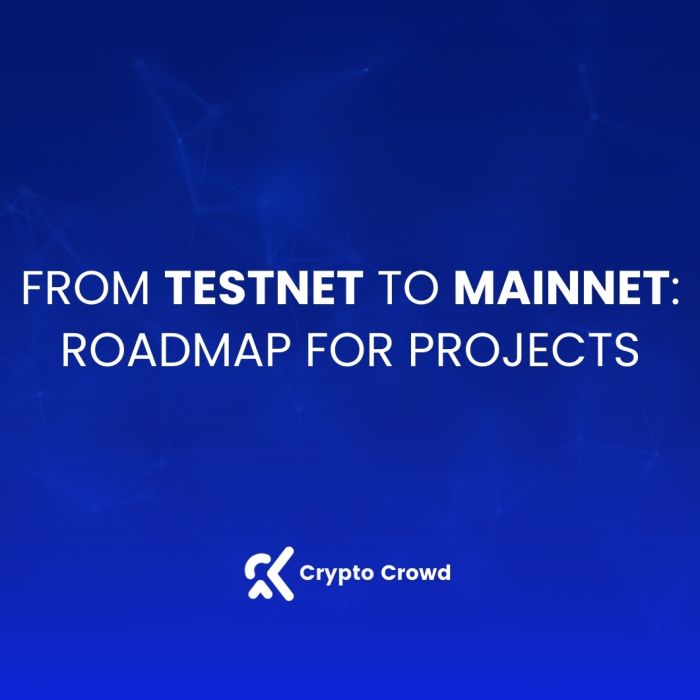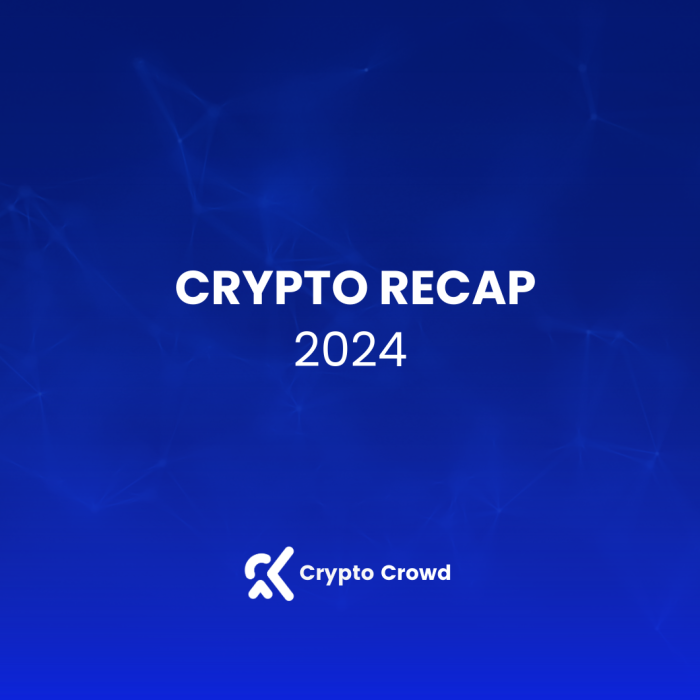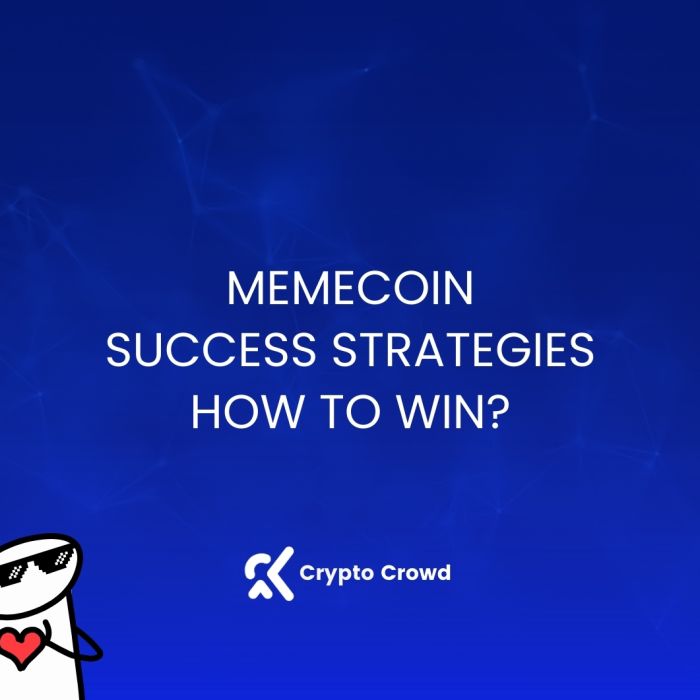Blockchain and artificial intelligence (AI) are two of the most transformative technologies of our time. While blockchain is renowned for its decentralized and secure architecture, AI is lauded for its ability to mimic human intelligence. The amalgamation of these two technologies promises to revolutionize data management, security, and the development of intelligent systems.
Decentralized Data Management
One of the key strengths of blockchain is its decentralized nature. Data is distributed across a network of nodes, eliminating the need for a central authority. This architecture ensures transparency, immutability, and security. When applied to AI, decentralized data management resolves issues related to data integrity and privacy. AI algorithms can access verified, unaltered data stored on the blockchain, fostering trust in the outputs generated by these algorithms.
Enhanced Security
Blockchain’s cryptographic principles provide a robust framework for securing data and transactions. In the context of AI, ensuring the security of sensitive data is paramount. Blockchain prevents unauthorized access and tampering of datasets, reducing the risk of data breaches and manipulation. This security layer is particularly crucial in sectors like healthcare and finance, where the integrity of data is non-negotiable.
Smart Contracts and AI Integration
Smart contracts, self-executing contracts with coded terms, add programmability to blockchain. Integrating smart contracts with AI enables the creation of autonomous, trustless systems. For instance, AI algorithms can be deployed within smart contracts to automate decision-making processes. This not only enhances efficiency but also reduces the need for intermediaries, streamlining various operations.
Data Monetization and Ownership
Blockchain introduces new paradigms for data monetization and ownership. Through tokenization, individuals can have ownership of their data and decide how it is shared and used. This empowers users and incentivizes them to contribute data for AI training purposes. As a result, AI models become more representative and unbiased, reflecting a diverse range of perspectives.
Conclusion
While the synergy between blockchain and AI presents promising opportunities, challenges exist. Scalability, energy consumption, and interoperability are areas that demand further exploration. Striking a balance between decentralization and efficiency is crucial for widespread adoption.
The convergence of blockchain and AI holds immense potential for reshaping industries and fostering innovation. As these technologies continue to evolve, collaborative efforts to address challenges will pave the way for a future where decentralized, secure, and intelligent systems are the norm.
The integration of blockchain and AI is still in its early stages, but the potential applications are vast.
For example, blockchain-powered AI systems could be used to:
1Create decentralized marketplaces for data, where users can sell their data to AI developers and earn rewards.
2Develop more accurate and reliable AI models by training them on data that is verified and tamper-proof.
3Automate complex decision-making processes in a secure and transparent manner.
4Build self-governing systems that can operate autonomously without the need for human intervention.























